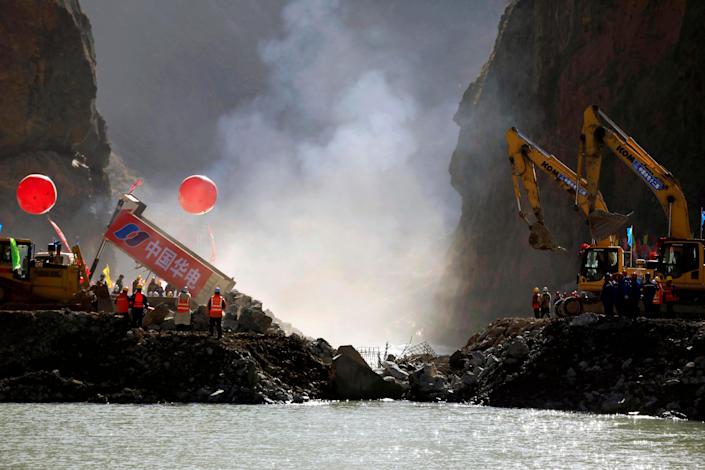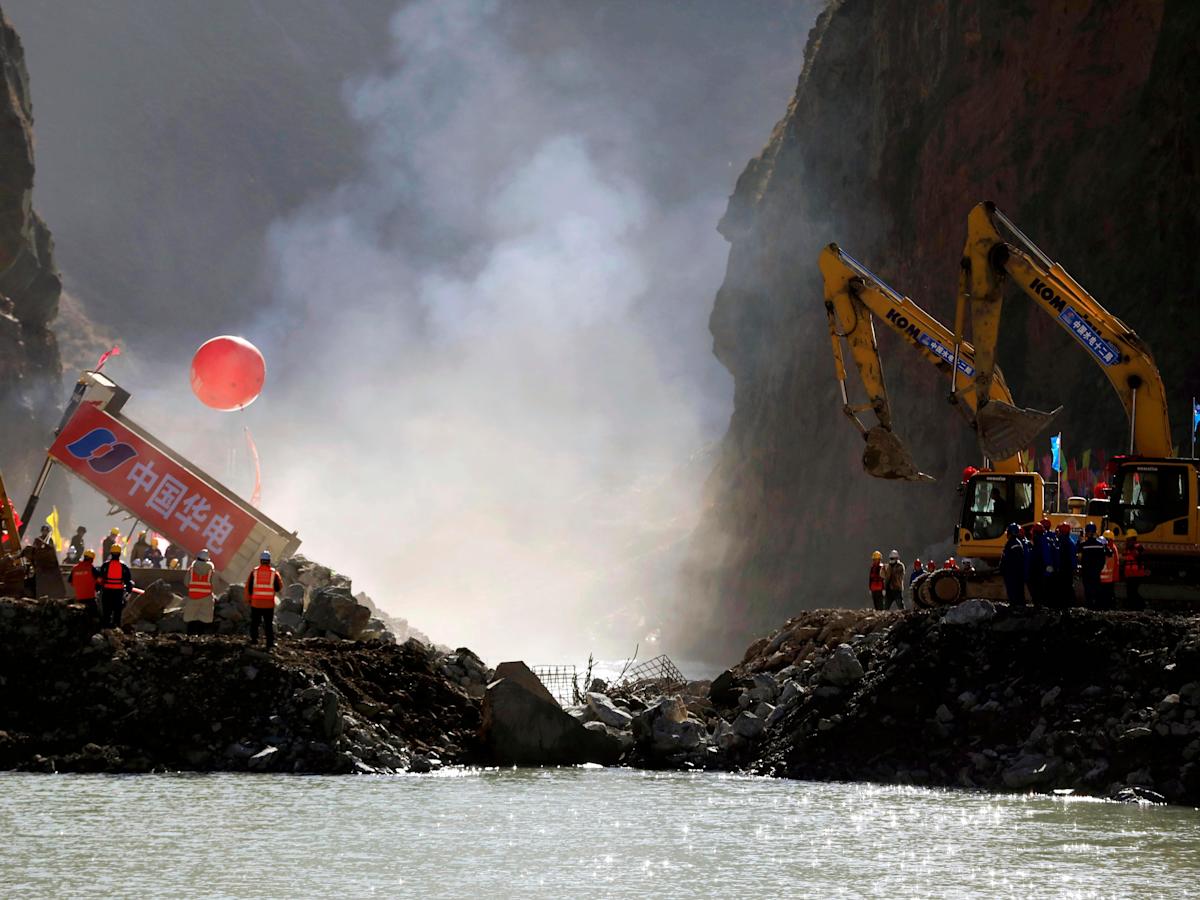
-
Chinese scientists say they will be 3D printing a 590-meter high dam using AI and robots by 2024.
-
The project uses an AI system with driverless trucks, bulldozers, rollers and other equipment.
-
The researchers say their method eliminates human error and safety concerns for workers.
China is poised to build a hydropower dam in two years using artificial intelligence, construction robots and zero human labor, according to scientists involved in the project.
The Yangqu Dam on the Tibetan Plateau will be assembled layer by layer, as in 3D printing. †
If and when it is completed, the ambitious project will likely be the world’s tallest structure built using 3D printing processes. The current record is held by a two-storey office building in Dubai, which is 6 meters high.
However, the paper said the Yangqu Dam will be 590 feet tall. In comparison, the structural height of the Hoover Dam is 726 feet.
In Yangqu, a central AI system will be used to oversee a massive automated assembly line that starts with a fleet of driverless trucks used to transport construction materials to parts of the workplace, the scientists said.
Once the materials arrive, unmanned bulldozers and pavers will turn them into one layer of the dam, then rollers equipped with sensors will help to press each layer so that they become sturdy and durable, they said.
According to the paper, when a layer is completed, the robots will send information about the state of the structure back to the AI system.
However, the mining of the building material will still have to be done manually, the researchers note.
The AI system and its army of robots help eliminate human errors, such as when roller operators don’t adhere to a straight line or when truck drivers deliver materials to the wrong place, said lead author Liu Tianyun of Tsinghua University, according to SCMP.
The system will also allow on-site work to run continuously without any safety concerns for human workers, the researchers said, according to the outlet.
According to the scientists, the completed Yangqu Dam will supply 5 billion kilowatt-hours of power to China each year.
If successful, the construction method could provide a blueprint for other construction projects, such as road construction, Liu’s team said, as reported by SCMP.
Faced with a plummeting birth rate and potential labor shortages, China has turned to automation in recent years to keep its industries going.
Read the original article on Business Insider

